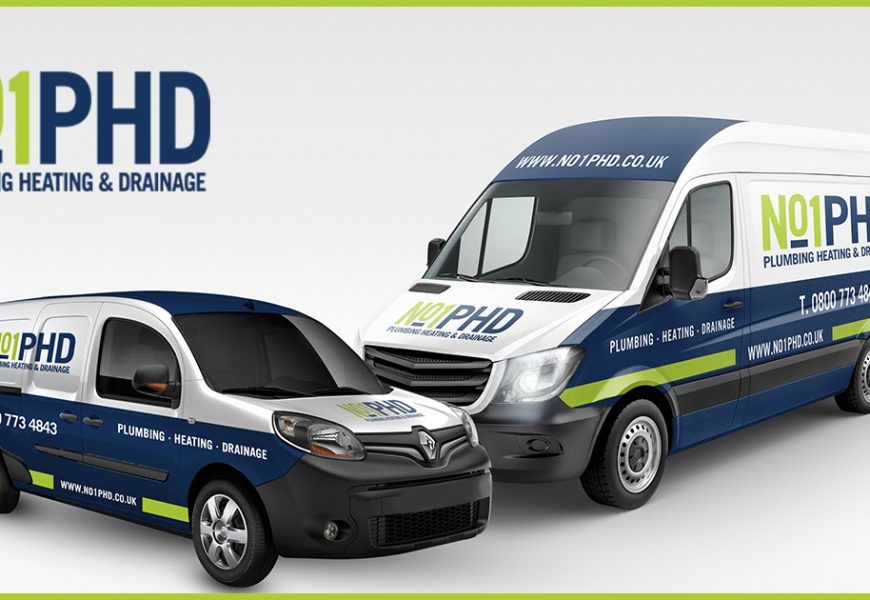In today’s world, managing stormwater efficiently is more important than ever, particularly as urban areas like Watford experience rapid development and increased rainfall. With climate change leading to more unpredictable weather patterns, sustainable drainage solutions are crucial to prevent flooding and waterlogging. One such solution that is growing in popularity is the installation of soakaways.
In this article, we’ll explore the role of soakaways in Watford, how they work, and why they are an essential part of a sustainable drainage strategy for both residential and commercial properties. Additionally, we’ll examine other related drainage services, including Tree Root Ingress in Potters Bar, Drain Milling in Dorset, and Pitch Fibre Drains in Watford, that can complement the function of soakaways in managing stormwater.
What is a Soakaway?
A soakaway is a sustainable drainage system (SuDS) designed to manage stormwater by allowing water to slowly infiltrate into the ground, rather than being directed into a public sewer system or running off into streets and drains. Typically, soakaways are excavated pits filled with gravel or other permeable materials that allow water to flow through and be absorbed by the soil beneath. This prevents the overwhelming of drainage systems and mitigates flood risks.
In Watford, where the urban landscape is constantly changing, soakaways provide an effective solution to combat the challenges posed by increased surface water runoff. By diverting excess water away from impermeable surfaces like roads and rooftops, soakaways help reduce the risk of flooding, particularly during heavy rainstorms.
The Importance of Soakaways in Watford
1. Managing Stormwater Effectively
In areas like Watford, where urbanization is on the rise, the volume of stormwater runoff has dramatically increased. Surfaces such as roads, pavements, and rooftops prevent water from being absorbed naturally by the soil. This leads to surface water runoff, which can overwhelm traditional drainage systems, leading to flooding.
Soakaways help manage this runoff by collecting excess water and allowing it to infiltrate the soil. This natural filtration process not only reduces the volume of water flowing into drains and sewers but also helps replenish groundwater levels, which is beneficial for maintaining a balanced water table.
2. Preventing Flooding and Waterlogging
Flooding is one of the most significant risks associated with inadequate drainage systems. In areas prone to heavy rainfall, such as Watford, installing soakaways can significantly reduce the risk of localised flooding. By directing water to a soakaway, the excess water can be absorbed by the ground rather than flowing into streets and causing floods.
Waterlogging, which can damage crops, landscapes, and infrastructure, is another issue that soakaways in Watford help address. By allowing water to drain slowly into the ground, soakaways prevent the accumulation of water that would otherwise create waterlogged conditions.
3. Enhancing Local Environment and Biodiversity
One of the often-overlooked benefits of soakaways is their positive impact on local ecosystems. By improving the way stormwater is managed, soakaways help reduce pollution and the flow of harmful chemicals and debris into rivers and lakes. As water filters through the soil, it is naturally cleaned, which helps maintain the health of nearby bodies of water.
Additionally, soakaways support sustainable urban development by integrating natural drainage solutions into built environments. This helps to increase biodiversity by encouraging the growth of vegetation and providing healthier conditions for local wildlife.
How Soakaways Work: Step-by-Step Process
The design and installation of a soakaway involve a series of steps to ensure that it functions properly and effectively manages stormwater. Here’s how a typical soakaway works:
- Assessment of Site Conditions Before installing a soakaway, a site assessment is carried out to determine the soil conditions and the amount of rainfall the area typically receives. The permeability of the soil is particularly important, as it determines how quickly the water will infiltrate.
- Excavation of the Soakaway Once the site conditions are assessed, the soakaway is excavated. The size of the soakaway depends on factors such as the area to be drained, the volume of water it needs to manage, and the permeability of the soil. Soakaways are typically cylindrical or cubic pits.
- Filling the Soakaway with Gravel The pit is then filled with permeable materials, such as gravel, which help facilitate water movement. A perforated pipe may also be installed at the bottom of the soakaway to allow water to flow evenly into the surrounding soil.
- Installation of a Cover The soakaway is covered with a layer of geotextile fabric to prevent soil from washing into the gravel and clogging the system. The final layer consists of soil or turf to blend the soakaway with the surrounding area, maintaining the aesthetics of the site.
- Regular Maintenance and Inspection Soakaways require minimal maintenance, but regular inspection is necessary to ensure that the system is functioning as intended. Keeping the soakaway free of debris and ensuring that the surrounding ground remains permeable is crucial for its long-term effectiveness.
Soakaways and Sustainable Drainage in Watford
In Watford, where rainfall can be heavy and frequent, implementing soakaways as part of a broader sustainable drainage system (SuDS) is essential. By incorporating soakaways into urban planning, local authorities and property owners can manage stormwater more effectively and reduce the impact of flooding on properties.
Many new residential and commercial developments in Watford now include soakaways as part of their drainage strategy. These systems not only manage rainwater but also contribute to sustainable development goals by promoting groundwater recharge and reducing the environmental impact of urbanisation.
Related Drainage Solutions in Watford
While soakaways provide an excellent solution for stormwater management, they are just one part of a comprehensive drainage strategy. There are other drainage services that work in conjunction with soakaways to maintain the integrity of drainage systems. Let’s take a look at some of these services:
Tree Root Ingress in Potters Bar
Tree roots can cause significant damage to drainage systems by infiltrating pipes and blocking water flow. In Watford, where mature trees are common, tree root ingress is a frequent issue. Regular inspections and maintenance can help identify and address root infiltration before it causes damage to your drainage system.
Drain Milling in Dorset
For properties experiencing blockages due to tree roots or other debris, drain milling is an effective solution. This process uses specialized equipment to clear blockages and smooth the interior of pipes, improving the overall flow of water through the system.
Drain Structural Coating in Dorset
If your drainage pipes are showing signs of wear or damage, drain structural coating can provide a long-lasting solution. The process involves applying a protective coating to the inside of the pipes, strengthening the system and preventing leaks or root ingress.
Gully Traps in Dorset
Gully traps are an essential part of the drainage system, helping to prevent large debris from entering the pipes. Regular maintenance and inspection of gully traps can help keep your drainage system in optimal condition and prevent blockages.
Pitch Fibre Drains in Watford
Older properties in Watford may have pitch fibre drains, which are more susceptible to root infiltration and damage. Upgrading or maintaining these pipes is essential for preventing drainage issues.
Conclusion
Soakaways in Watford are an essential part of sustainable drainage solutions. They help manage stormwater, prevent flooding, and support environmental health by encouraging groundwater recharge and reducing surface water runoff. By installing a soakaway and integrating it with other drainage solutions like Tree Root Ingress, Drain Milling, and Drain Structural Coating, homeowners and businesses can ensure that their drainage systems are robust, efficient, and eco-friendly.
If you’re in Watford and need a professional solution for stormwater management, don’t hesitate to consult with an experienced drainage service provider. By adopting soakaways and other sustainable practices, you can protect your property from flooding and contribute to a greener, more sustainable environment









